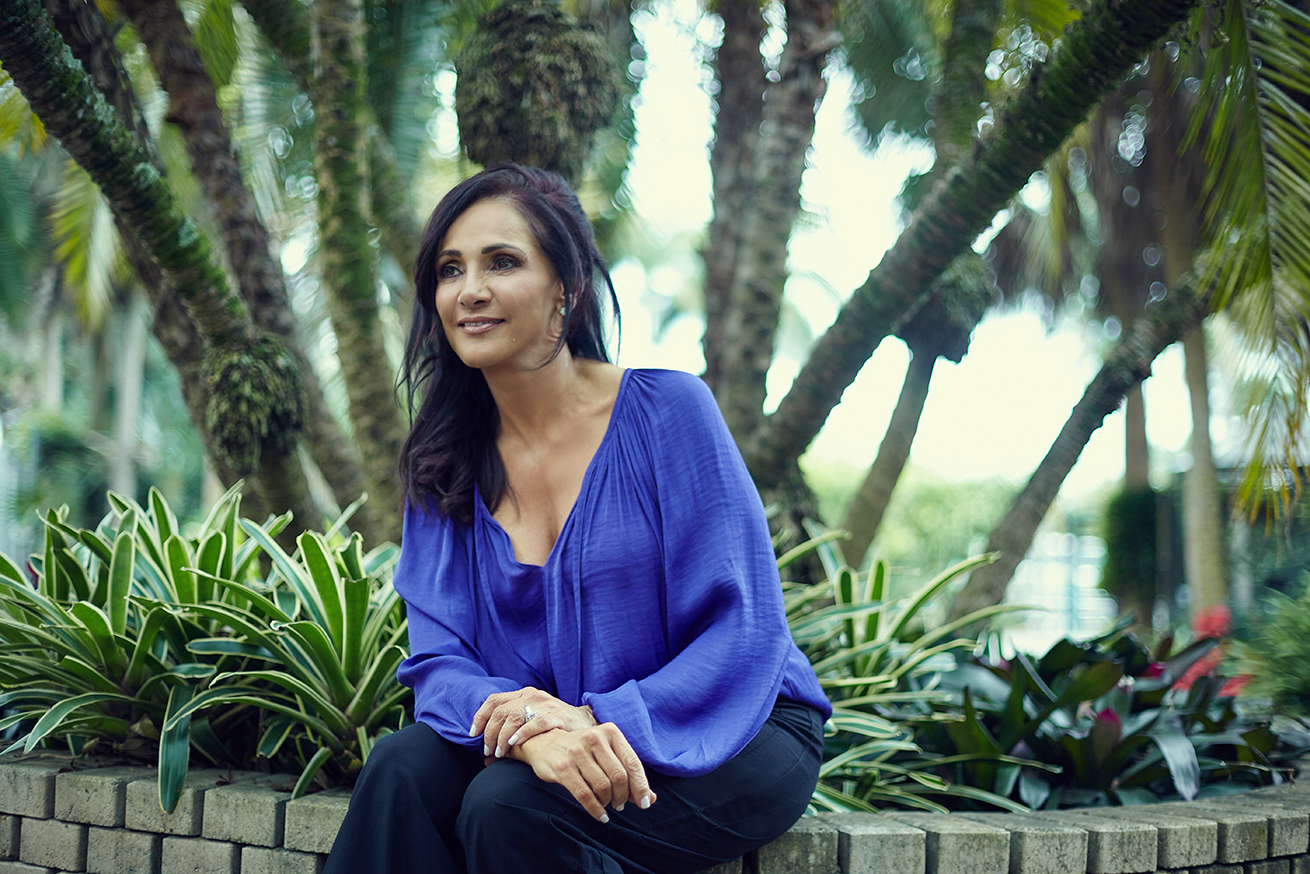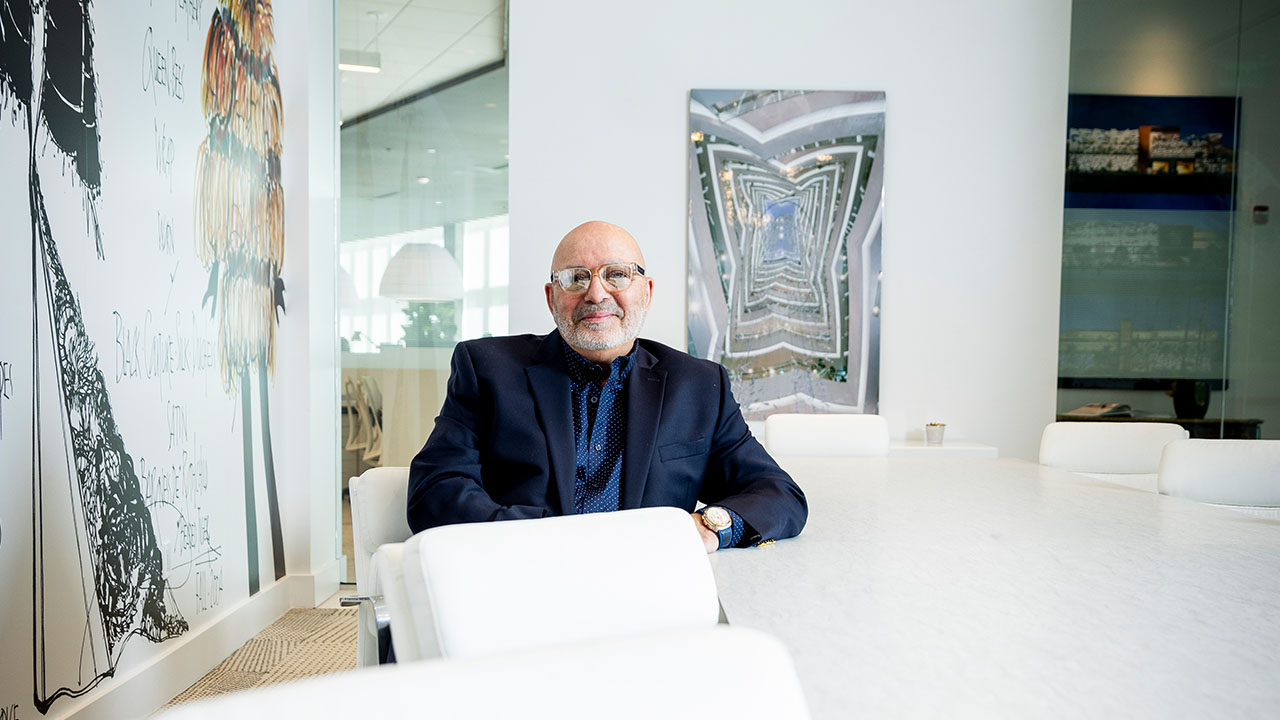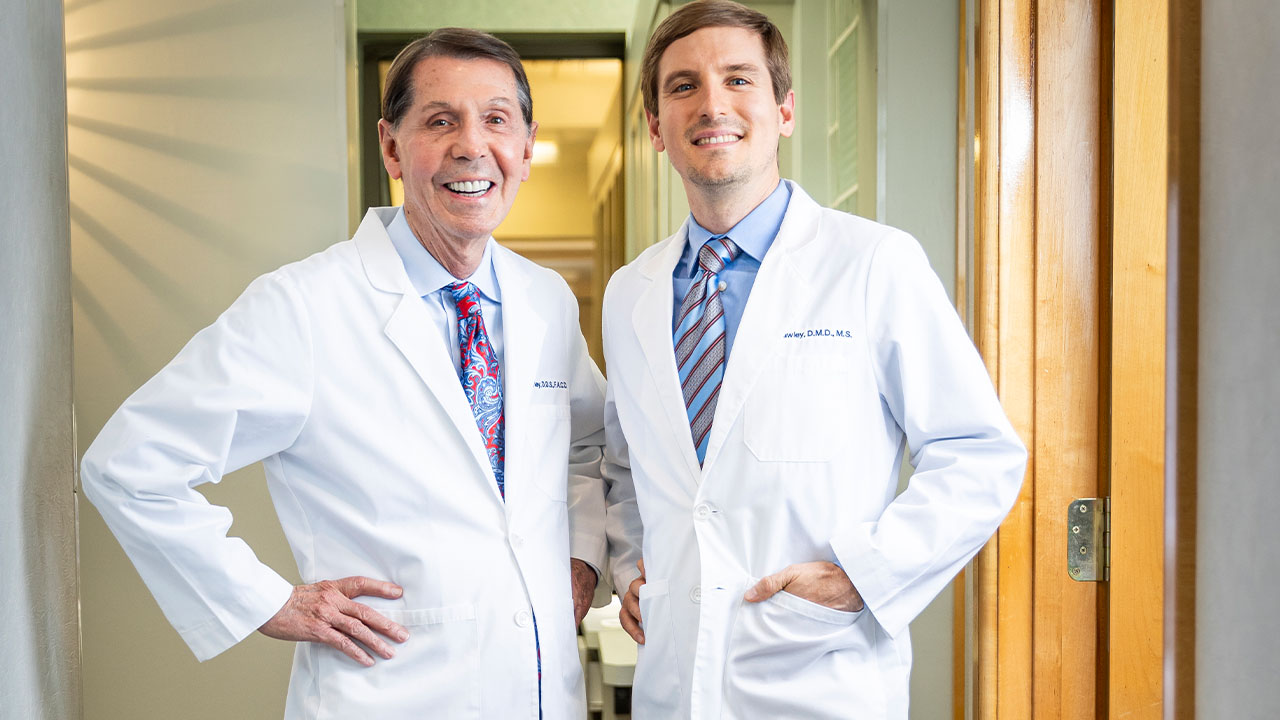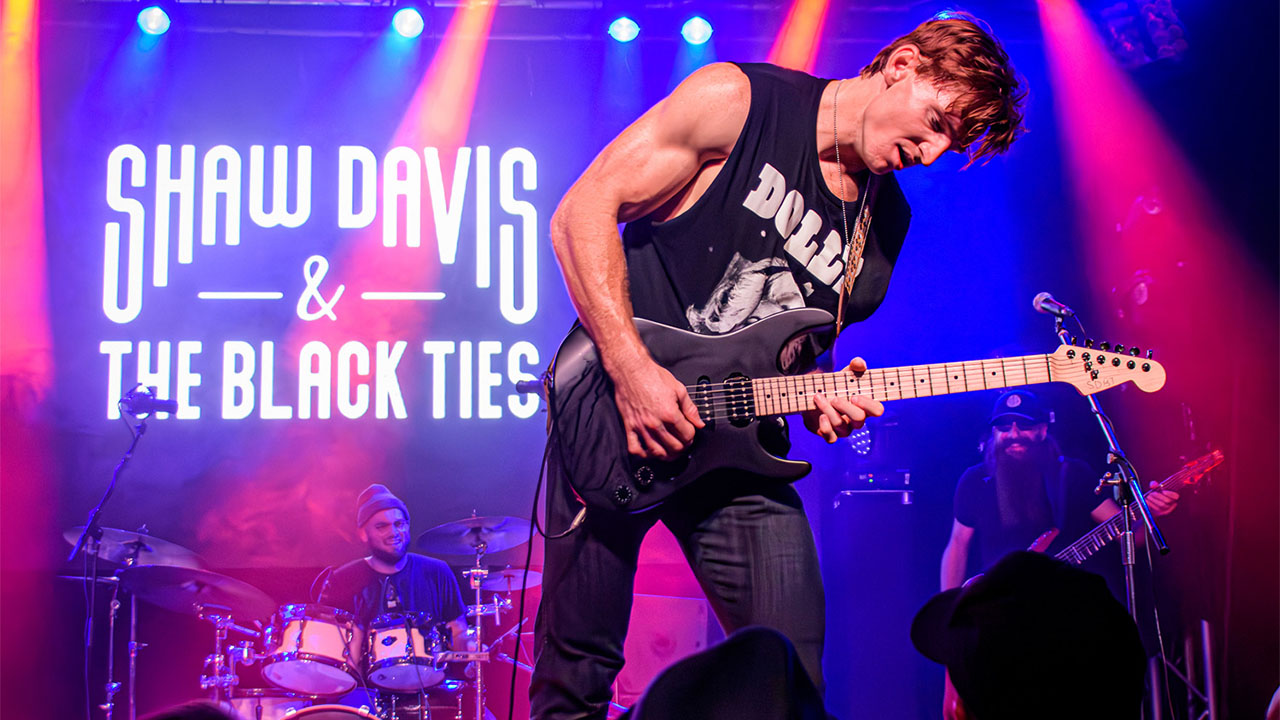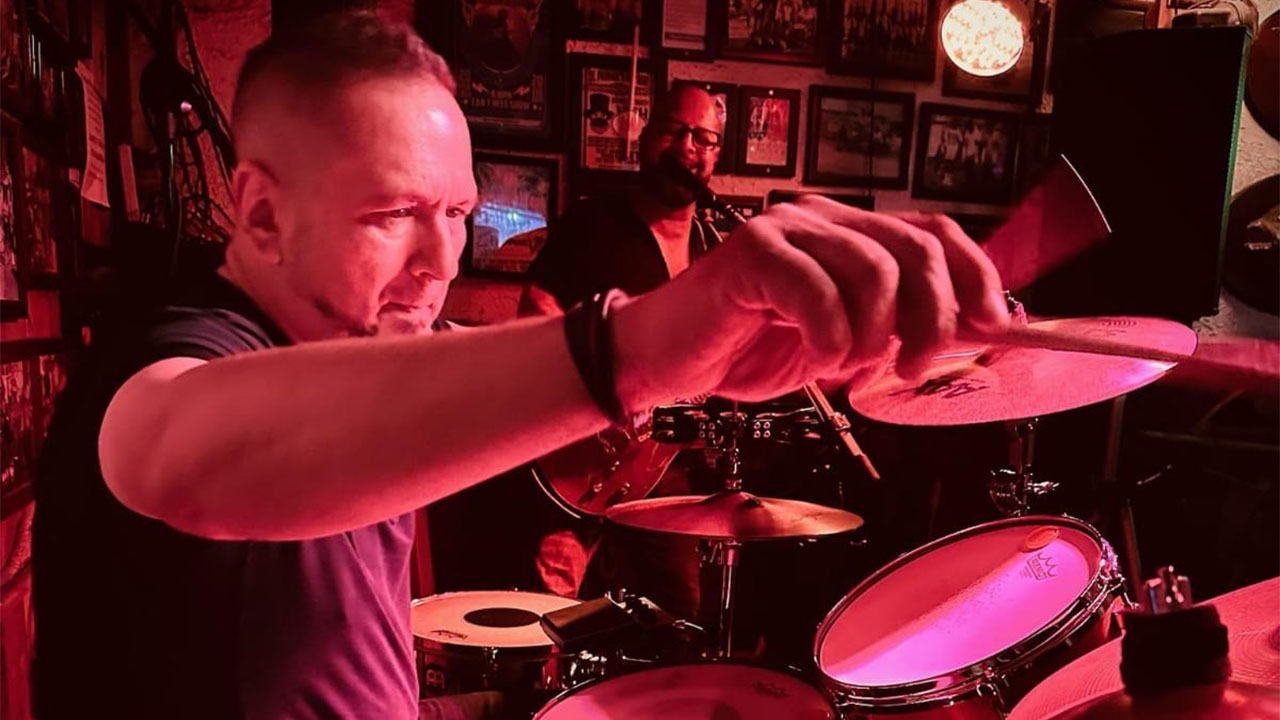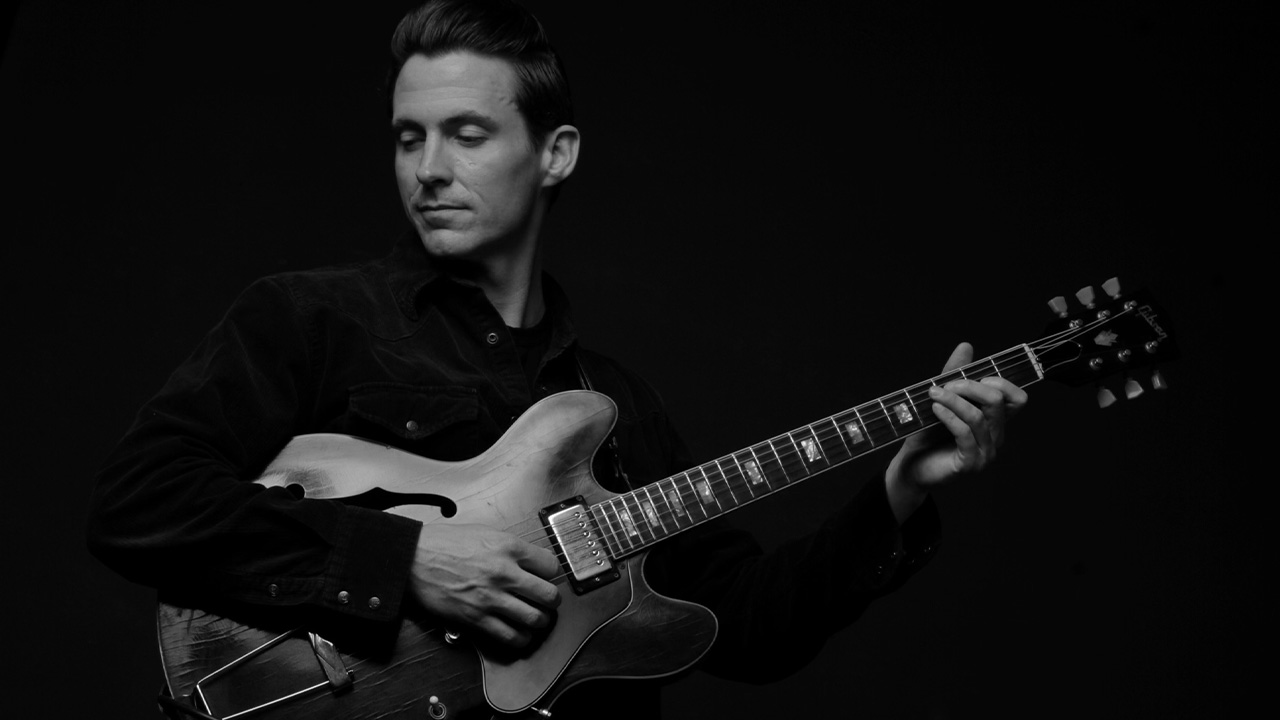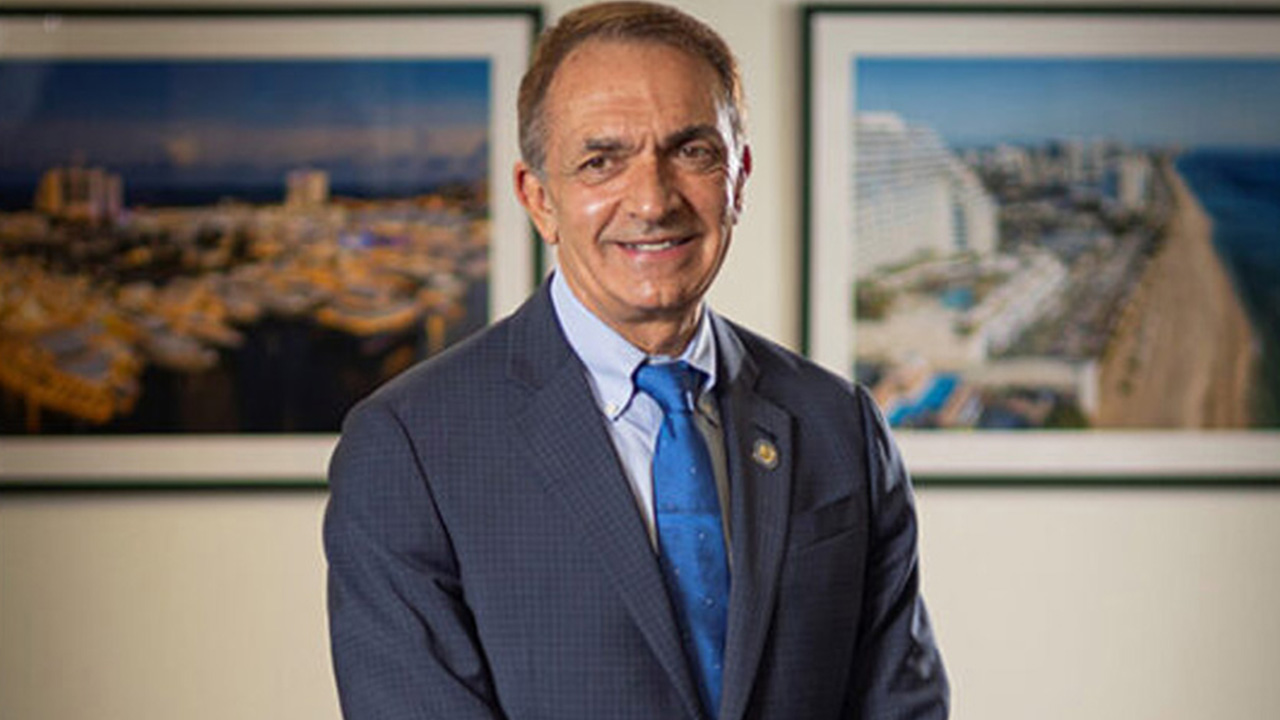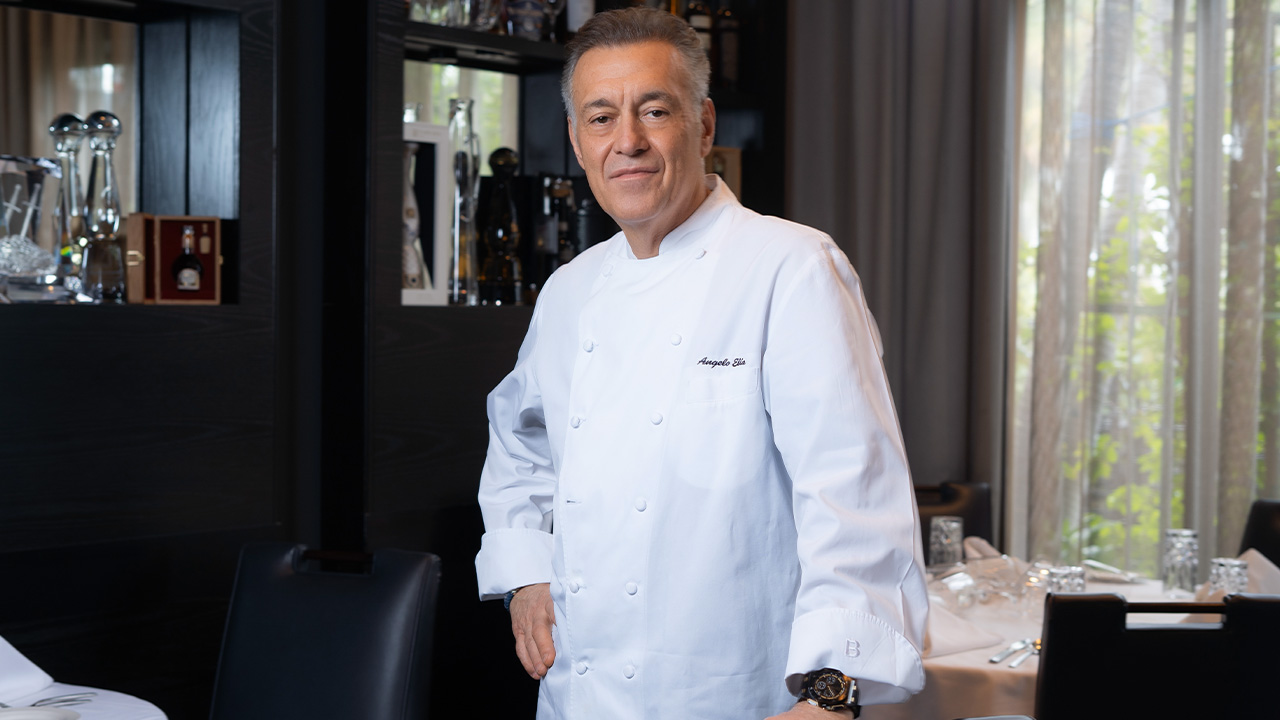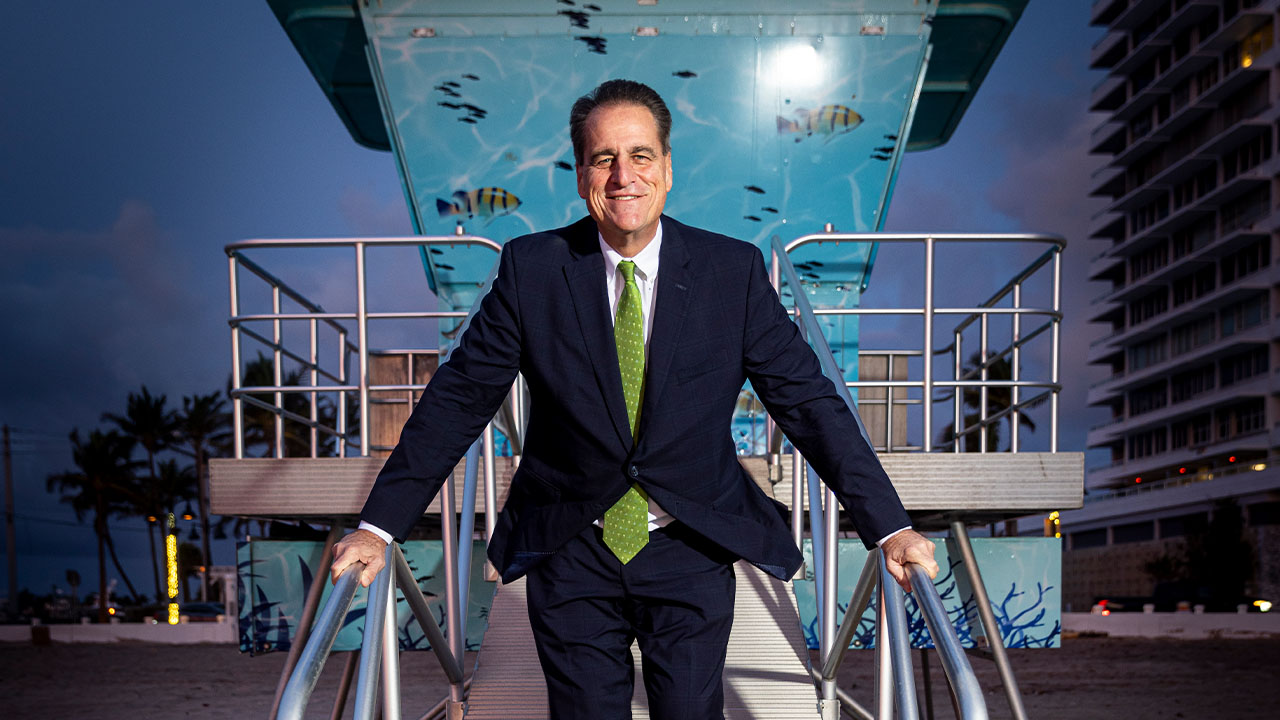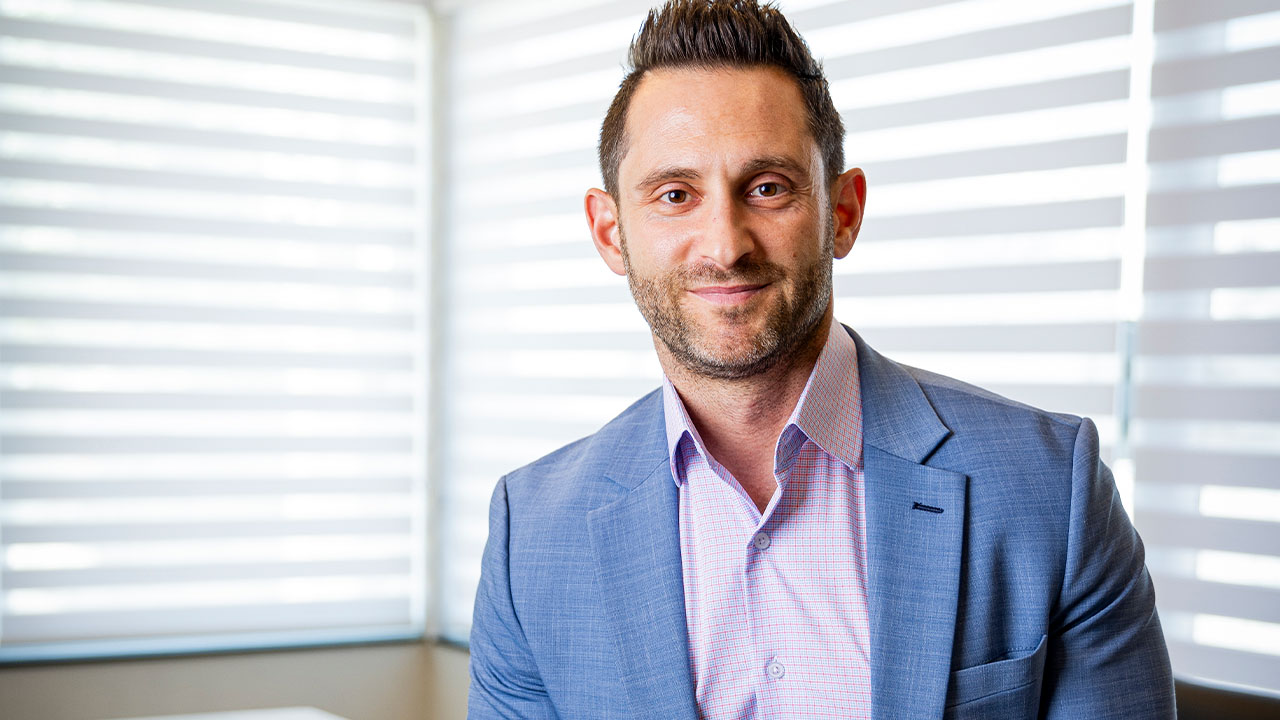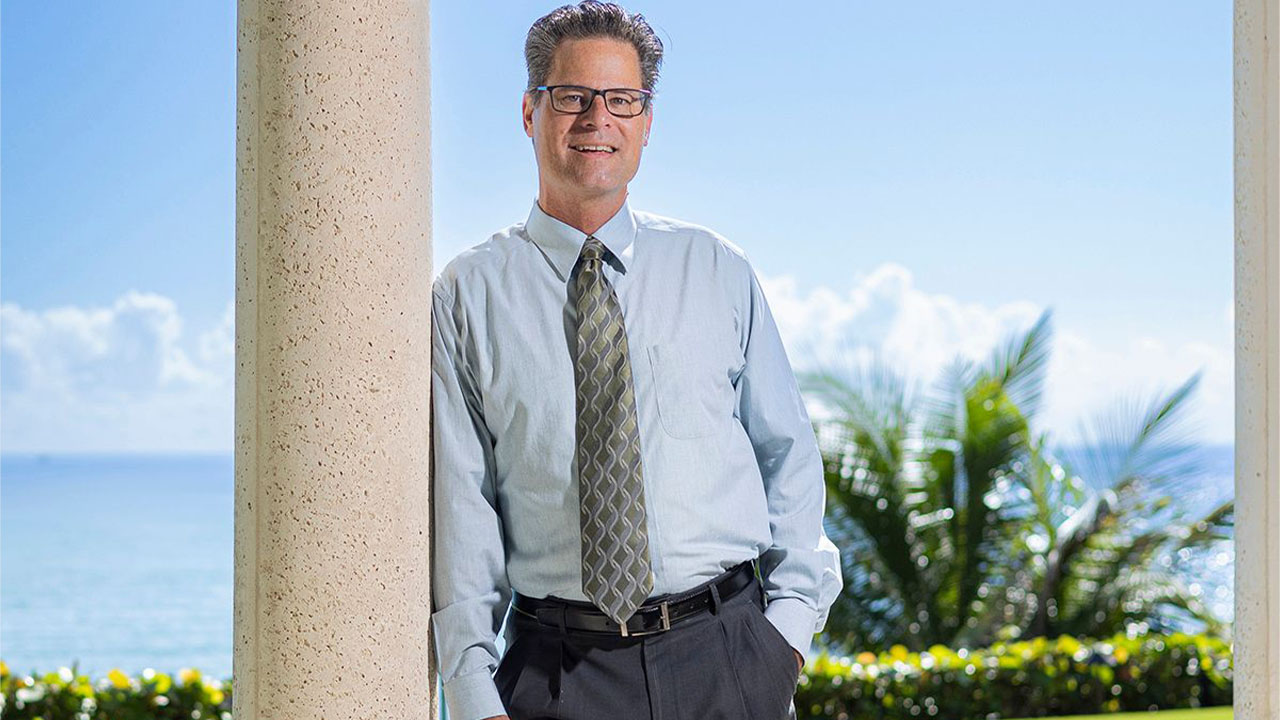- My father was a [physical education] teacher and football coach at my local high school in Niagara Falls, New York. He was bigger than life. They just knew him as Coach Cale in the city. It’s kind of like if you ever watch those Lifetime movies where the high school football team is everything and going to the games is the big event in town—that’s how I grew up. My father was the man. His influence in fitness and in sports had a major effect on me.
- I was fired from a job at [age 40]. At the time, I was a single parent of a 9-year-old son. It’s very easy [when something like that happens] to climb under the covers and give up. But my father reminded me of this thing called momentum shifting. It’s a sports psychology concept. When the team is losing, the coach [shouldn’t call] them to the sideline and scream at them. You remind them of what they do well.
- My father’s other advice: Focus on what you have now and build off of that. What I had at that time was a Pilates certification. I was a really good group fitness instructor. I’ve been doing it for decades. So, I started a small group fitness class at a gym in my neighborhood. I literally started taking Pilates clients and working them out in a spare room in my home. And that’s how we started my entrepreneurial endeavors.
- I ended up opening up a small Pilates studio, but there’s no fat-burning metabolic work to Pilates. Many of my members were taking spin classes or working with personal trainers running around the park, and they still weren’t getting the results they wanted. They were frustrated, and they came to me. I looked to solve that problem.
- I studied for about eight months [to determine what would go into] this “ultimate” workout for my clients and what equipment I would bring in. Everything is based on science. You’re on the treadmill, or on the bike or strider if you have orthopedic conditions. The goal is to get those 12 minutes of heart rate over 84 percent. You’re on the rower to put wattage back in [your body]. Think of [your energy as a light bulb]. As we age, we lose wattage. That’s why we need coffee and energy drinks and all this chemical garbage to keep us going during the day. We wanted to make sure you leave the workout back as a 100-watt light bulb [and not a 40-watt light bulb].
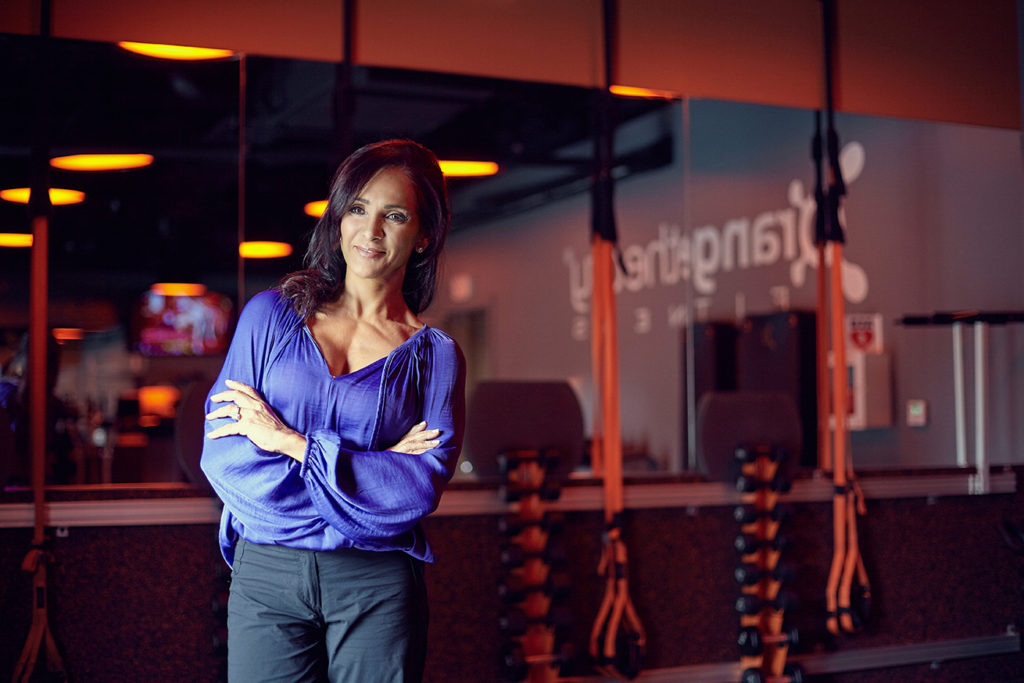 In the weight room, we use the TRX straps [a brand of suspension weight training], small gym equipment, dumbbells for what I call your inside muscles and your outside muscles. Your inside muscles are your posture muscles. When you look in the mirror, those are your outside muscles. Everything in that room was physiologically based. Even so, I was kind of surprised when I opened the doors, that, wow, this really took off. People were loving it.
In the weight room, we use the TRX straps [a brand of suspension weight training], small gym equipment, dumbbells for what I call your inside muscles and your outside muscles. Your inside muscles are your posture muscles. When you look in the mirror, those are your outside muscles. Everything in that room was physiologically based. Even so, I was kind of surprised when I opened the doors, that, wow, this really took off. People were loving it.
- The husband of one of my members was involved in franchising. She loved [the workout]. And she basically said, “Ellen, one of these needs to be on every corner. This is insane. People are bribing the front desk to get into class. There are wait lists 10 deep for every class.” At the time, she said that—and this is important, and I don’t know sometimes if it’s a woman thing or just a thing that we really don’t believe in ourselves full-heartedly—I actually looked at her and I said, “April, I know nothing about franchising.” She left and walked out the door.
- I had some conversations with friends, and they were like, “Of course, you can do something like this.” When you are in that doubtful moment, support is everything. Luckily, the woman walked back in a week later. I took her husband’s name and phone number. We met, and Orangetheory was born.
- We really don’t see ourselves in the fitness business. I wanted [people] to understand that when you come into an Orangetheory Fitness studio, we’re looking at building this kind of great culture. Think back [to] the TV show Cheers. You know, when you walk in the bar, everyone knows your name. It’s kind of that type of thing. We wanted this small footprint, a 33,000-square-feet studio, where you’d come in and really bond with each other. You support each other. You’re there for each other.
- Orangetheory is never a competitive atmosphere. That’s why I hated boot camps—and I’ve been doing this for 40 years, so I’ve taught everything from the Jane Fonda leg warmer days. I didn’t like that whole “10 isn’t enough, give me 10 more” concept. I wanted to have a product where it was enough to “give us what you got and let’s keep working on just improving that.” So, you’re never competing against anyone but yourself.
- The theory of Orangetheory is to get the human heart, which is a muscle, beating over 84 percent [of your maximum heart rate] for at least 12 minutes by the end of the class. That’s what a splat point is [named for imagining the sound of a fat cell exploding]. Every time your heart rate goes over 84 percent, you get a splat point. You don’t do all 12 minutes in one bout, it’s 90 seconds here, 30 seconds there. What I know about physiology is if you give me at least 12 minutes, I can change your physiology. I can fight cellular decline—[which starts to occur] after age 30.
- I had a great interest in the science of what goes on, I wasn’t interested in a little circuit workout—a lot of people running around, a trendy workout that will be around for a short period of time. Many people say that’s probably why we were successful. Many businesses sit around and try to think about what’s [going to be] the next big thing in fitness [or in their industry] as opposed to “Let me solve a problem.”
- I opened up that studio in 2008 with the foundation of Orangetheory Fitness—not to become a franchise, not to do anything beyond solving that problem for my little studio and my Pilates members. It’s interesting what can happen when you [tackle] a problem, and then you do a pretty good job of solving it.
The creator and co-founder of Orangetheory Fitness earned her master’s degree in exercise science from the State University of New York at Buffalo.
Orangetheory, founded in 2010 and based in Boca Raton, has grown to more than 1,300 studios and 1 million members; it’s in 23 countries, and workouts are done in eight languages.
Latham is the author of Push: A Guide to Living an All Out Life. Her mantra is to “look at what you have, not at what you don’t have.”
Orangetheory exceeded $1 billion in system-wide sales in 2018; its goal is to operate 2,500 studios with 2.5 million members by 2024.



